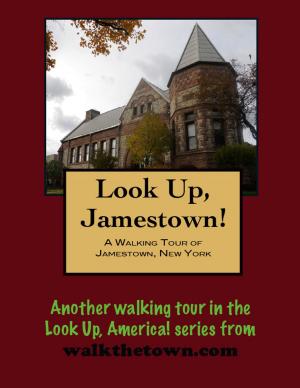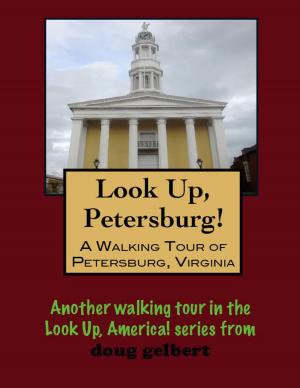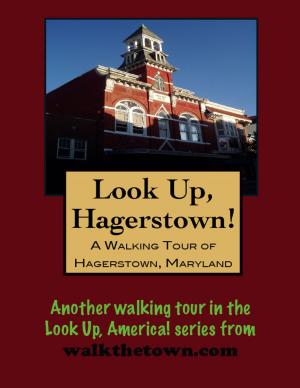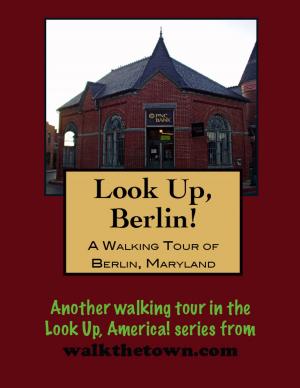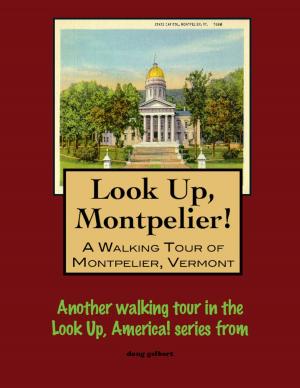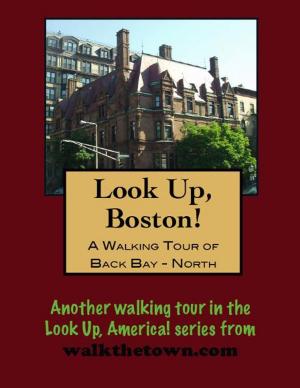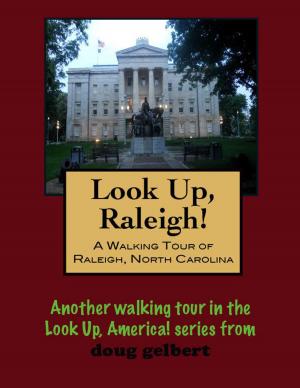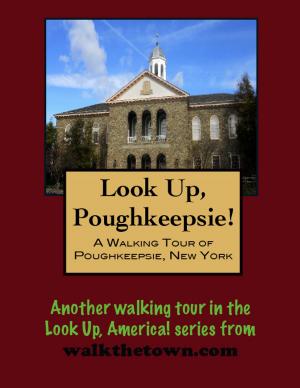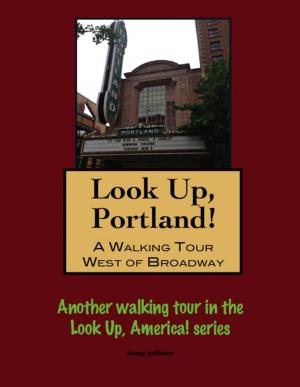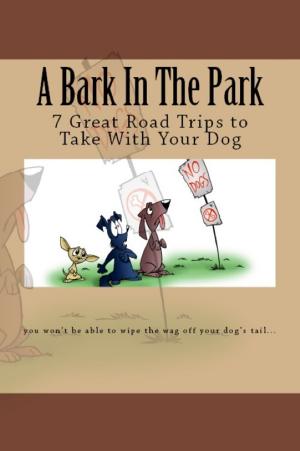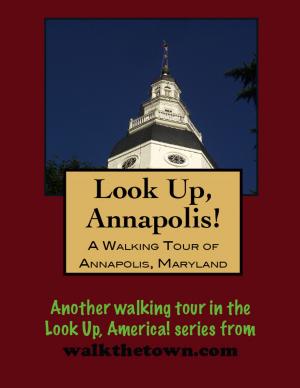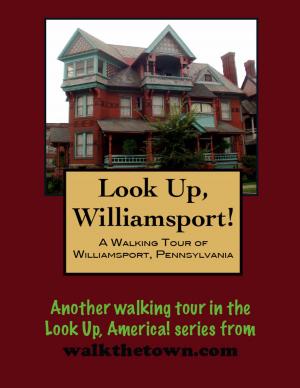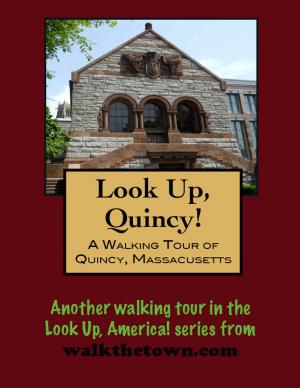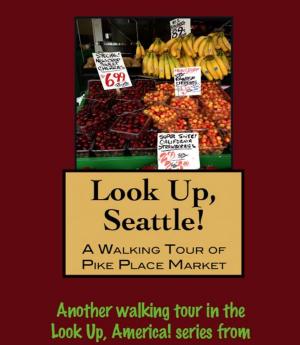| Author: | Doug Gelbert | ISBN: | 9781458071293 |
| Publisher: | Doug Gelbert | Publication: | March 2, 2011 |
| Imprint: | Smashwords Edition | Language: | English |
| Author: | Doug Gelbert |
| ISBN: | 9781458071293 |
| Publisher: | Doug Gelbert |
| Publication: | March 2, 2011 |
| Imprint: | Smashwords Edition |
| Language: | English |
There is no better way to see America than on foot. And there is no better way to appreciate what you are looking at than with a walking tour. This walking tour of DAnbury, Connecticut is ready to explore when you are. Each walking tour describes historical, architectural landmarks, cultural sites and ecclesiastic touchstones and provides step-by-step directions. Every tour also includes a quick primer on identifying architectural styles seen on American streets.
There is nobody named Dan in the founding of Danbury. The eight families who came from Norwalk to found the town in 1684 named it after an English town of the same name. In the early years he better known to most locals as “Beantown” for th equality of beans grown in the area.
Early in the Revolutionary War the town was targeted by the British as the location of American military supplies. The British apparently had reliable information. When they arrived to sack the town the house of those sympathetic to the crown were marked and spared, most everything else, including all the military goods, was burned.
Zadoc Benedict was one who rebuilt after the raid. In 1780 he established the first beaver-hat factory in America here, employing three men in his shop and producing 18 hats a week. From those modest beginnings Danbury rapidly became Hat City, churning out more hats than any city in America. At times one out of every four hats sold in the country was manufactured in Danbury. In the early 1900s it was said that 51 of the town’s 70 mills were in the hat trade, an industry that would be almost killed overnight when John Kennedy was elected president and showed up at the White House hatless.
And we won’t see any hats on our walking tour, either. We’ll begin at the old railroad station and follow a route historically taken by thousands of passengers getting off those New Haven Railroad trains...
There is no better way to see America than on foot. And there is no better way to appreciate what you are looking at than with a walking tour. This walking tour of DAnbury, Connecticut is ready to explore when you are. Each walking tour describes historical, architectural landmarks, cultural sites and ecclesiastic touchstones and provides step-by-step directions. Every tour also includes a quick primer on identifying architectural styles seen on American streets.
There is nobody named Dan in the founding of Danbury. The eight families who came from Norwalk to found the town in 1684 named it after an English town of the same name. In the early years he better known to most locals as “Beantown” for th equality of beans grown in the area.
Early in the Revolutionary War the town was targeted by the British as the location of American military supplies. The British apparently had reliable information. When they arrived to sack the town the house of those sympathetic to the crown were marked and spared, most everything else, including all the military goods, was burned.
Zadoc Benedict was one who rebuilt after the raid. In 1780 he established the first beaver-hat factory in America here, employing three men in his shop and producing 18 hats a week. From those modest beginnings Danbury rapidly became Hat City, churning out more hats than any city in America. At times one out of every four hats sold in the country was manufactured in Danbury. In the early 1900s it was said that 51 of the town’s 70 mills were in the hat trade, an industry that would be almost killed overnight when John Kennedy was elected president and showed up at the White House hatless.
And we won’t see any hats on our walking tour, either. We’ll begin at the old railroad station and follow a route historically taken by thousands of passengers getting off those New Haven Railroad trains...

